10 Ways People Destroy the Value of Their Homes
When it comes to selling a home, the smallest mistakes can lead to a big drop in value. Many homeowners unknowingly make decisions that hurt their property’s appeal, from neglecting simple maintenance to failing to update key areas. These missteps can leave homes sitting on the market for longer and force sellers to lower their asking prices. By understanding common pitfalls and taking steps to avoid them, you can protect your home’s worth and ensure it stays competitive in the market.
This post may contain affiliate links, which helps keep this content free. Please read our disclosure for more info.
Neglecting Much-Needed Maintenance
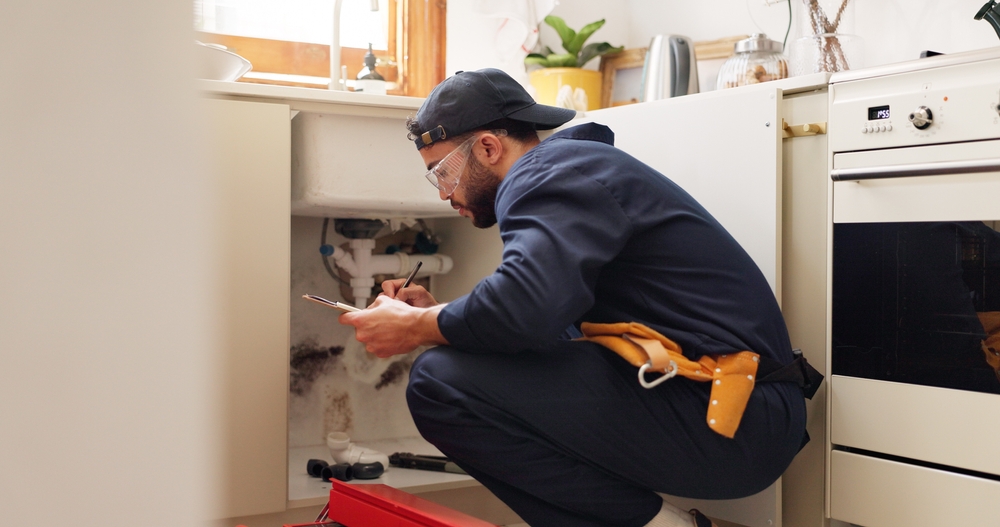
Ignoring routine maintenance tasks is one of the quickest ways to lower a home’s value. Problems like a leaking roof or faulty plumbing may start small, but if left unchecked, they can escalate into costly repairs. Water damage, mold growth, and even foundation issues can arise from neglecting these simple fixes, ultimately requiring extensive work that will turn potential buyers away. Maintenance is not only about protecting the home but also about preserving its marketability when it comes time to sell.
Homes that have been poorly maintained give off a sense that they are not cared for, which can deter buyers who are looking for a move-in-ready home. Whether it’s ensuring the HVAC system runs smoothly or taking care of minor repairs like cracked tiles, regular attention to the home’s upkeep can keep its value high. On the other hand, neglecting maintenance allows these issues to pile up, creating a bigger, more expensive problem that decreases the home’s appeal.
Poor Exterior Maintenance
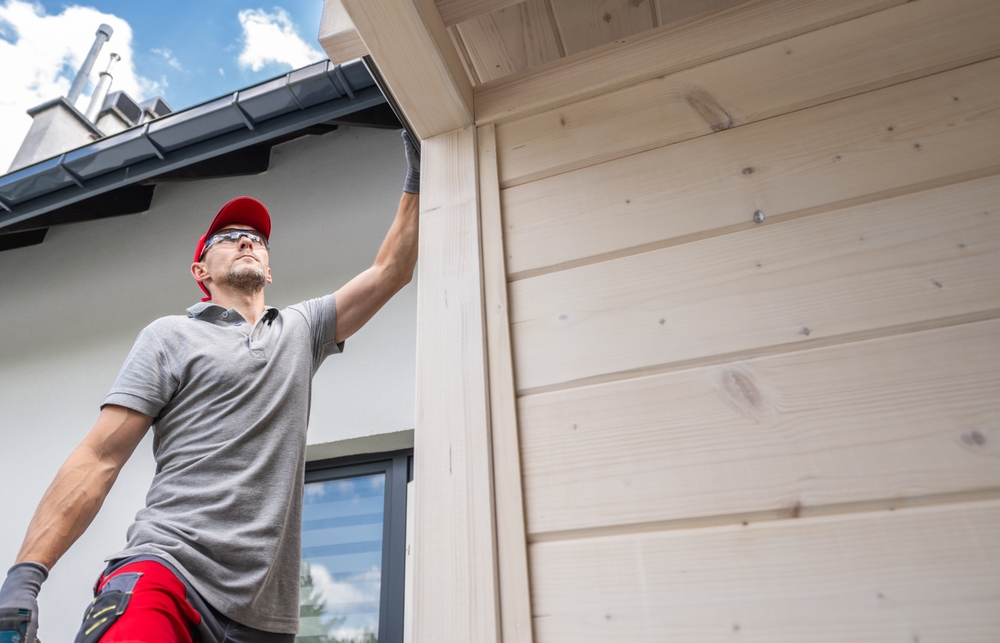
The first impression of a home is largely based on its exterior, so poor curb appeal can drastically decrease its market value. Overgrown lawns, unkempt landscaping, or a dilapidated fence create an image of neglect that buyers will notice. These issues may seem minor, but they suggest that the interior may not be well cared for either. Potential buyers may be discouraged before they even step inside, leading to offers well below the asking price.
A well-kept exterior signals to buyers that the home has been properly maintained. Simple tasks like mowing the lawn, trimming shrubs, and cleaning the exterior can improve a home’s overall appeal. Taking care of these basics can make the difference between a home that lingers on the market and one that attracts immediate interest. Even a fresh coat of paint or a tidy driveway can dramatically increase a home’s value and attract more buyers.
Ignoring Structural Issues
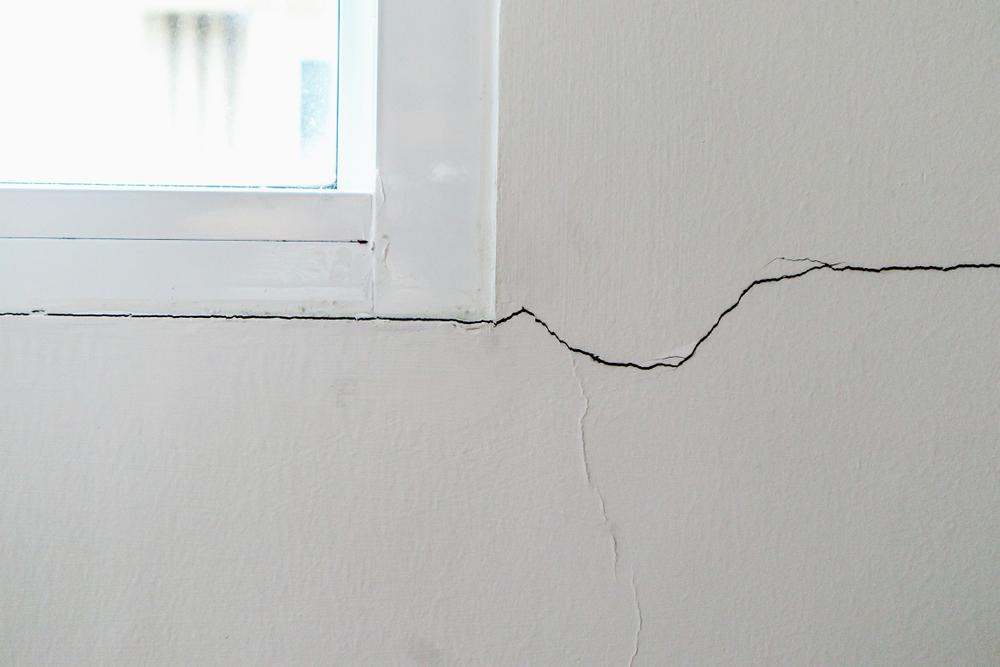
Structural issues are one of the most serious factors that can harm a home’s value. Cracks in the foundation, sagging roofs, or unstable walls indicate that a home may not be safe to live in. These problems require expensive repairs that buyers often do not want to take on. When buyers see these signs, they may back out of a deal or demand a significant price reduction to cover the costs of fixing them.
Addressing structural issues as soon as they arise is critical to maintaining the value of a home. Whether it’s shoring up the foundation or replacing a damaged roof, these repairs can be expensive but are necessary for ensuring the home remains livable and valuable. Homes with noticeable structural damage are seen as high-risk investments, which lowers their desirability and resale potential.
Location Neglect

The location of a home plays a huge role in determining its value. While homeowners can make interior and exterior upgrades, they cannot change the fundamental location of the property. A house located near noisy streets, in a flood zone, or in an area with high crime rates will face an uphill battle when it comes to attracting potential buyers. Location also affects the quality of nearby schools and amenities, all of which have a direct impact on a home’s value.
Though you cannot move a house, some efforts can be made to improve its attractiveness despite its location. Landscaping that provides privacy, noise barriers, or uses trees to block undesirable views can help mask some of the location’s less desirable traits. However, homes located in less desirable areas will likely still see a reduction in their value compared to those in prime locations.
Poor Market Conditions

Real estate markets fluctuate, and attempting to sell a home during a down market can significantly impact its value. When demand is low, sellers may struggle to find buyers, and the house may have to be listed at a lower price to remain competitive. Additionally, buyers are more cautious during market slowdowns, and they are more likely to demand significant discounts for homes they perceive as less than perfect. A poor market means more competition, longer listing times, and less favorable offers.
While homeowners cannot control market conditions, understanding them is crucial when buying or selling. Homes in high-demand areas tend to fare better even in poor markets, but even those properties will be affected by a slowdown. Sellers should monitor the market trends and, when possible, time their sale for a more favorable market to maximize their return on investment. In an unstable market, patience and flexibility are key to getting the best possible offer.
Outdated Bathrooms and Kitchens
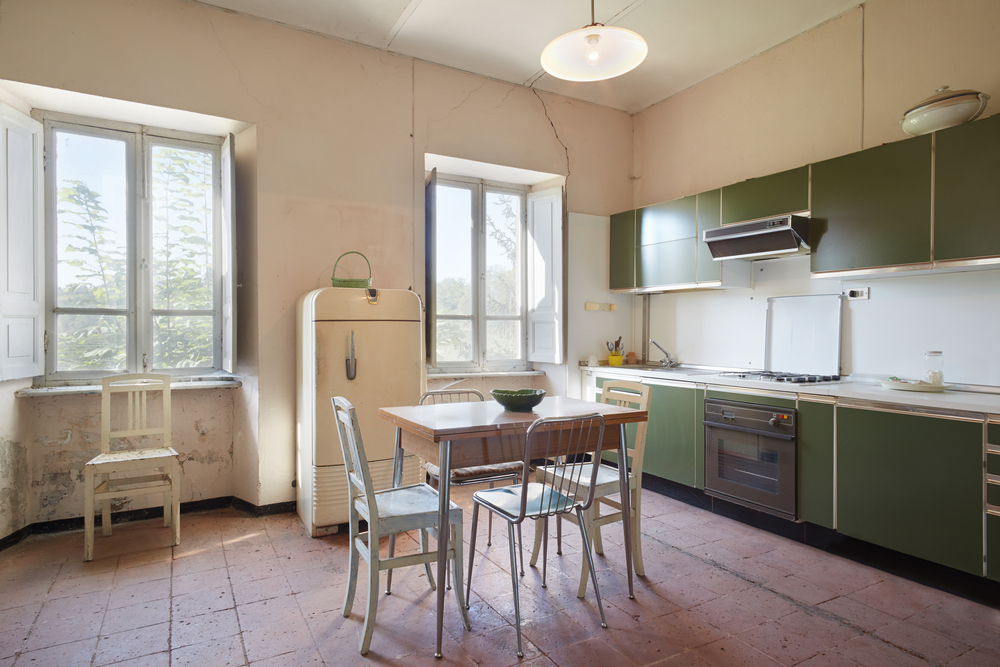
Kitchens and bathrooms are two of the most important rooms in a home when it comes to value. Homes with outdated appliances, old countertops, or worn-out fixtures can turn potential buyers off, as they require expensive updates. An outdated bathroom with cracked tiles or a kitchen with aging appliances signals that the home may need significant renovations, lowering its resale value. Modern, updated kitchens and bathrooms appeal to buyers who want a home that is move-in ready and doesn’t require additional work.
Renovating these areas can significantly improve the value of a home. Replacing old fixtures, installing energy-efficient appliances, and updating countertops and cabinetry can give these rooms a fresh, modern look. Even small updates can make a big difference, as buyers tend to appreciate these spaces more than any other part of the house. Homes with updated kitchens and bathrooms are often in higher demand and can command a higher price in the market.
Poorly Designed or Cluttered Floor Plans
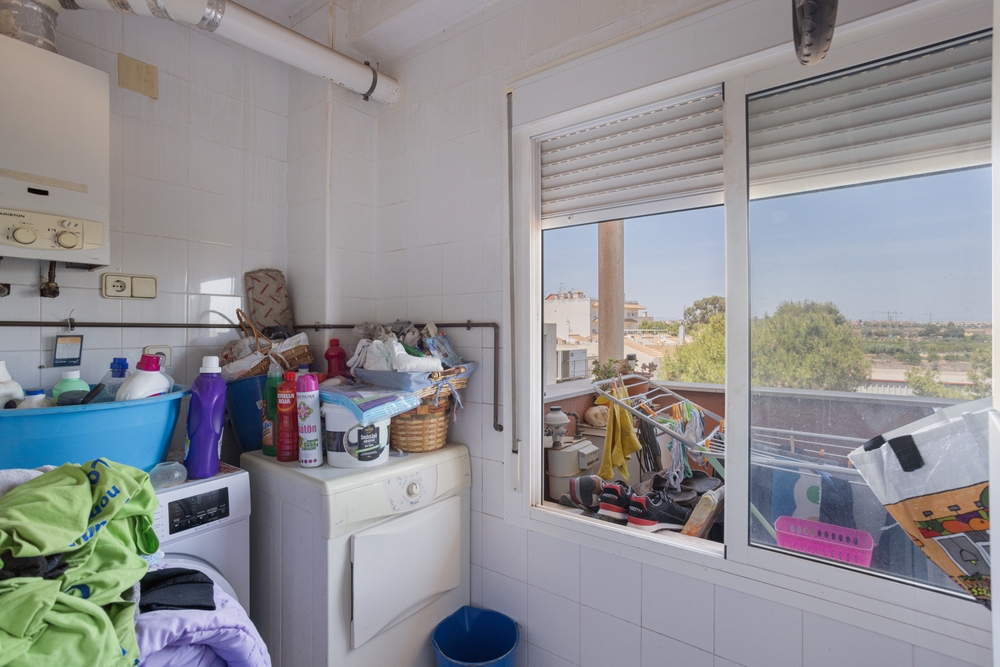
A poorly designed floor plan can make even the most beautifully maintained home feel cramped and uninviting. Homes with awkward layouts or an overuse of walls can make it difficult for buyers to envision themselves living there. A cluttered or disjointed flow from room to room can be off-putting, especially for buyers looking for an open, spacious layout. In some cases, the lack of flow between rooms can make even a larger home feel small and uncomfortable.
Investing in an open-concept design or simply reworking the layout to create a more cohesive feel can go a long way in increasing a home’s appeal. Homes with open spaces that flow naturally tend to attract more buyers and command higher prices. Small tweaks to the floor plan, such as knocking down a wall or changing the use of a room, can completely transform the feel of a home and make it more marketable.
Skipping Necessary Renovations
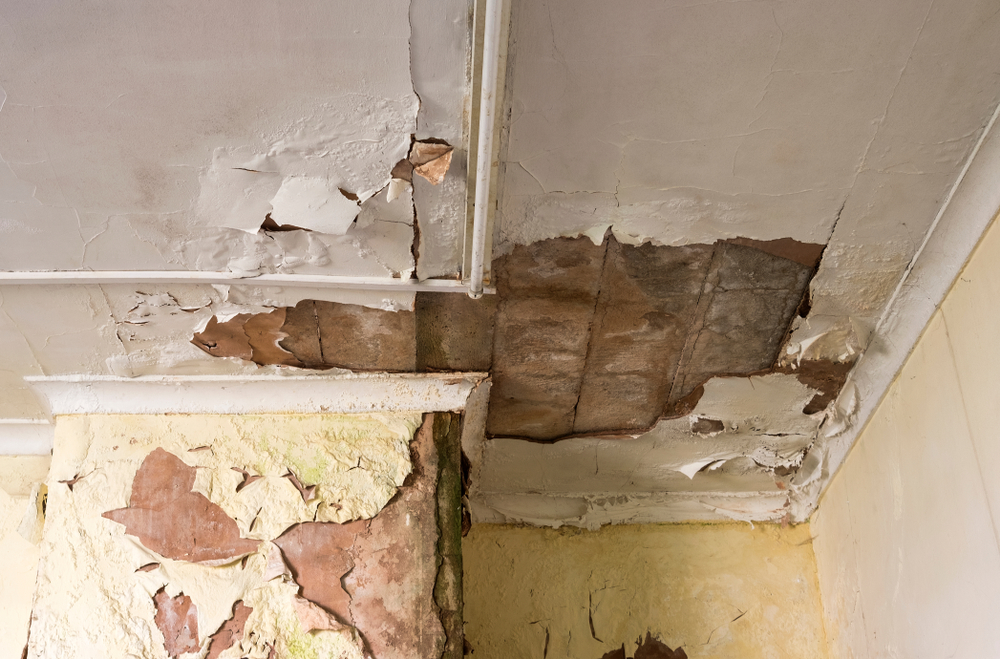
While renovations can be costly, skipping necessary ones can lower the overall value of a home. Over time, flooring, walls, and roofing materials wear out and begin to show signs of aging. Buyers are less likely to make an offer on a house that looks worn out or outdated. In fact, failing to make essential renovations, such as replacing old windows or upgrading the plumbing, can make a home less desirable and could result in a lower selling price.
Renovating key areas of a home, like the roof, windows, or floors, before listing can prevent potential buyers from offering low-ball prices or walking away altogether. Even relatively small updates, such as repainting walls or replacing carpet with hardwood floors, can make a big difference in how a home is perceived. By investing in necessary repairs and renovations, homeowners can increase the likelihood of getting a good return on their investment.
Overpricing the Home
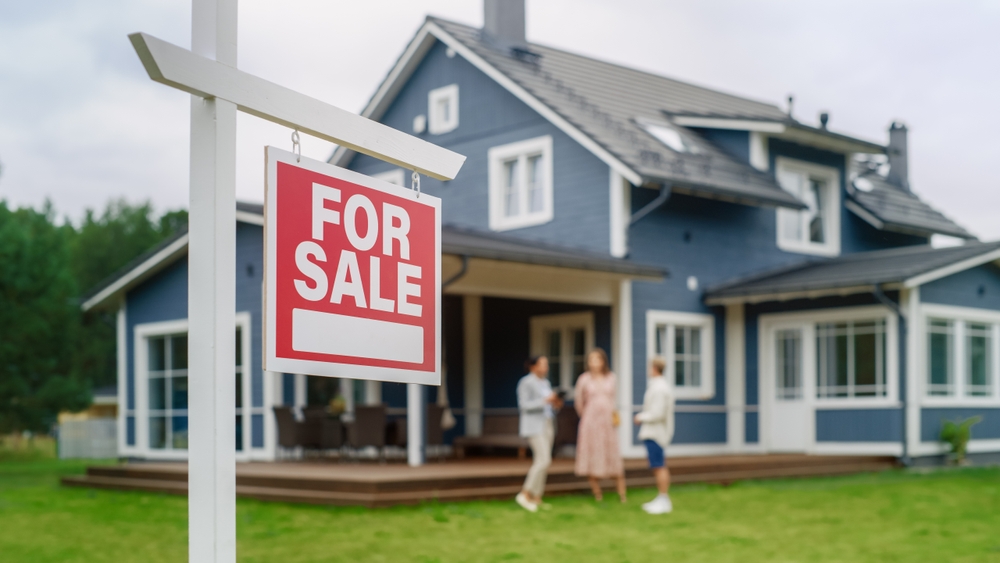
Setting an unrealistic asking price is one of the most common mistakes sellers make. Overpricing a home based on sentimental value or unrealistic market comparisons can scare off potential buyers and result in the house sitting on the market for months. Homes that linger too long may eventually require price reductions, which can make them appear less desirable. Buyers may assume that there is something wrong with the property if it has been listed for too long.
Pricing a home correctly from the start is essential for attracting serious buyers. Sellers should work with a real estate agent to conduct a comparative market analysis and set a price that reflects the home’s condition, location, and current market trends. A fair and competitive price is more likely to generate offers and lead to a quicker sale, while overpricing a home can ultimately backfire.
Over-Personalizing the Space
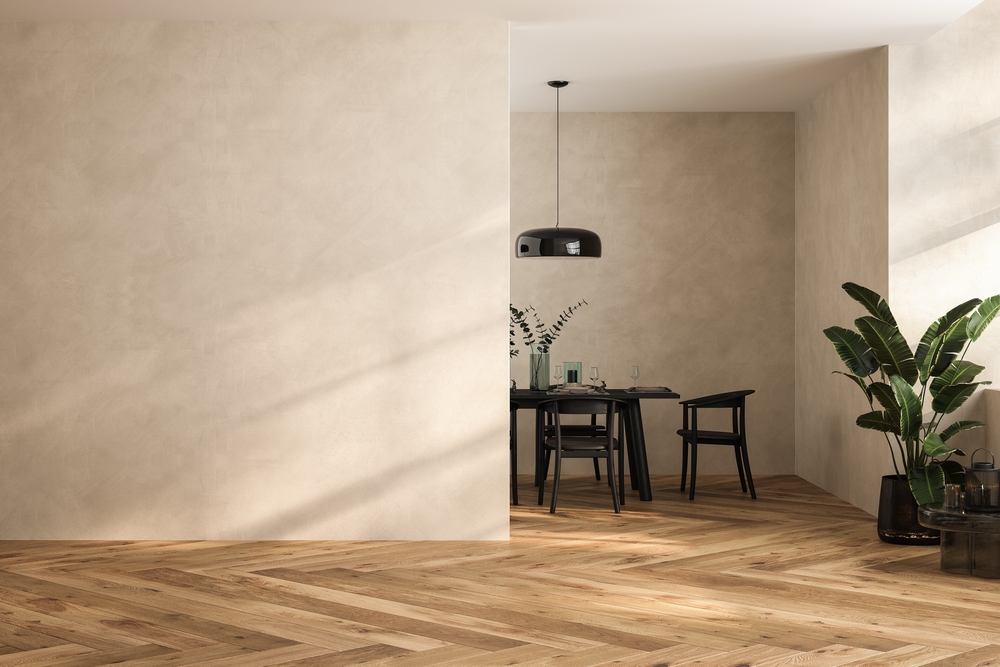
Homes that are overly personalized can be hard for potential buyers to connect with. Bold paint colors, personalized décor, and excessive customizations can make it difficult for buyers to envision the home as their own. The more a home is personalized, the less likely it is to appeal to a wide range of buyers. Buyers typically prefer neutral colors and spaces they can easily imagine modifying to fit their own tastes.
To make a home more marketable, homeowners should consider neutralizing their décor before listing it. This could mean repainting brightly colored walls, removing personalized artwork, and decluttering the space to make it feel more neutral. By creating a blank canvas, the home will appeal to a wider audience, increasing its chances of selling for a higher price.
This article originally appeared on Avocadu.
